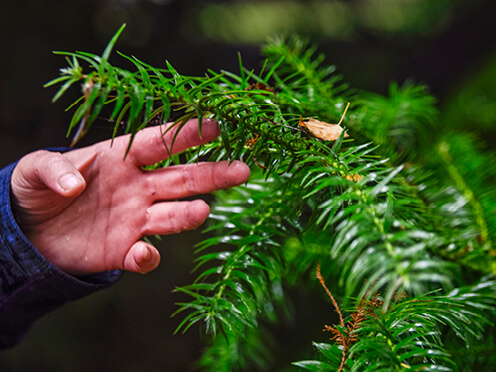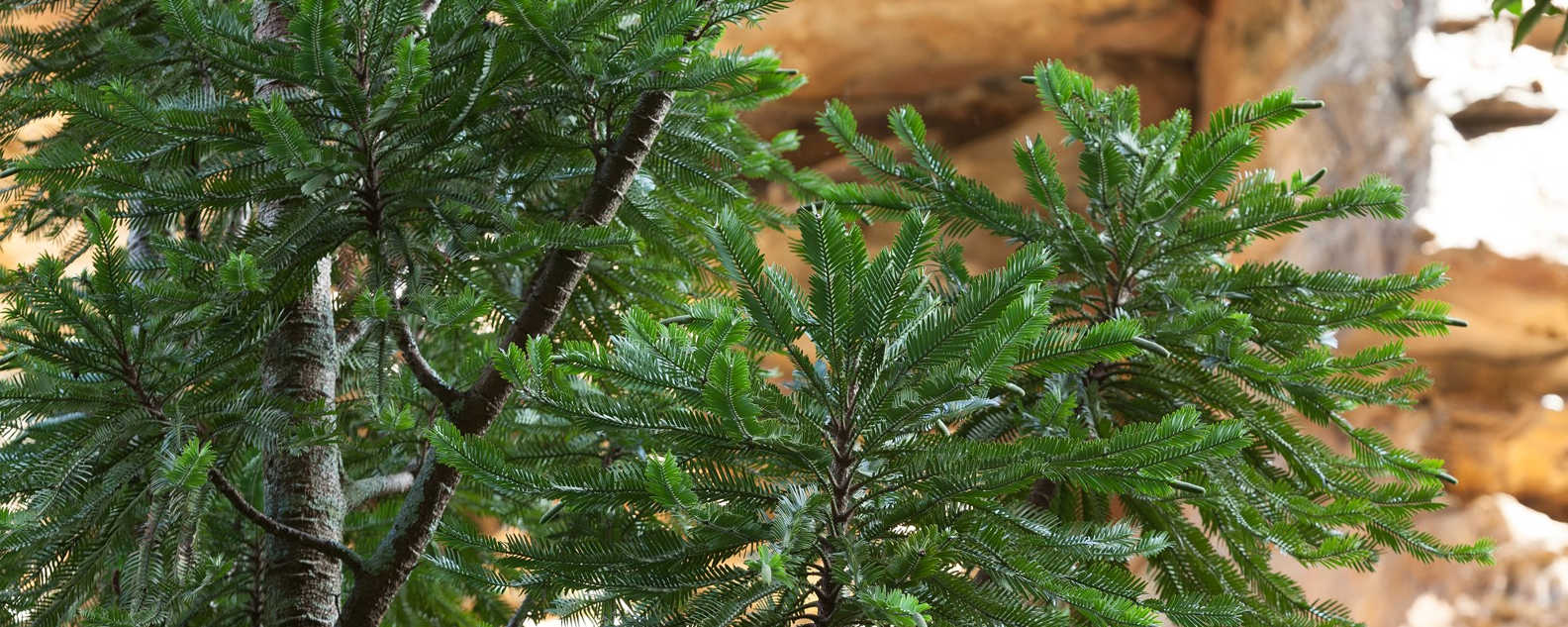Soon after the amazing discovery, the world fell in love with this ‘dinosaur tree’ and efforts to propagate Wollemi Pines began. The first trees were released to the public at a Sotheby’s auction in 2005, and in 2006 they became available at a small number of nurseries.
The curious conifer then became available to many parts of the world, and from there, its popularity grew even more. The prehistoric pine can now be found growing in parks, gardens and backyards all around the world. We’ve even heard stories of Wollemi Pines doing particularly well in locations as far from its home as northern England!
In recent years, some Wollemi Pines in cultivation have also begun to produce seeds, leading to a new market in seed-grown (rather than cutting-grown) plants. This is an exciting development for researchers too, as increased availability of seed means more scope for research on seed storage and germination, as well as seedling growth and survival.
His Royal Highness, Prince Philip, Duke of Edinburgh planting a Wollemi Pine at the Royal Botanic Gardens Kew in London in 2009. Photo credit: Paul Little.




